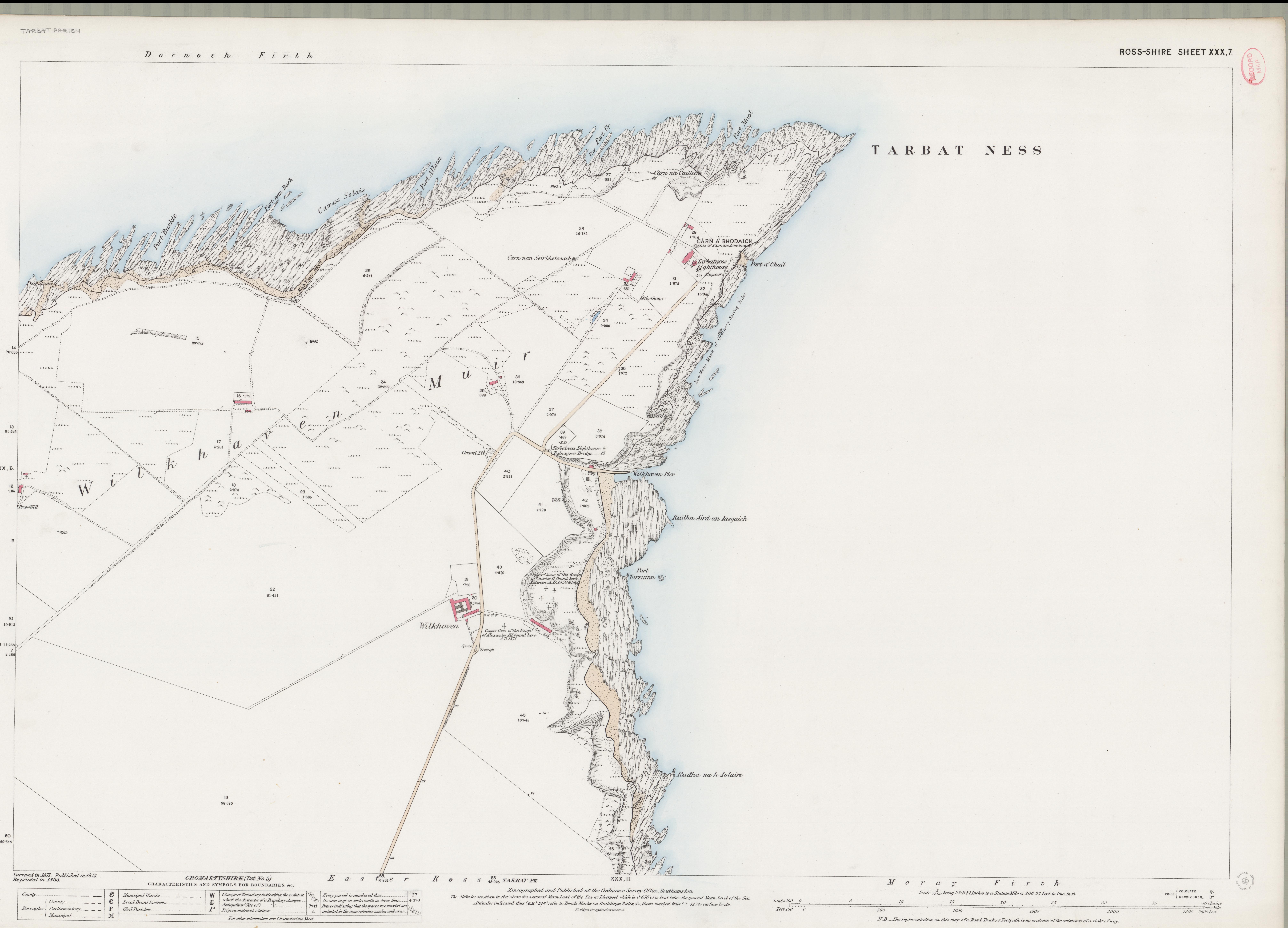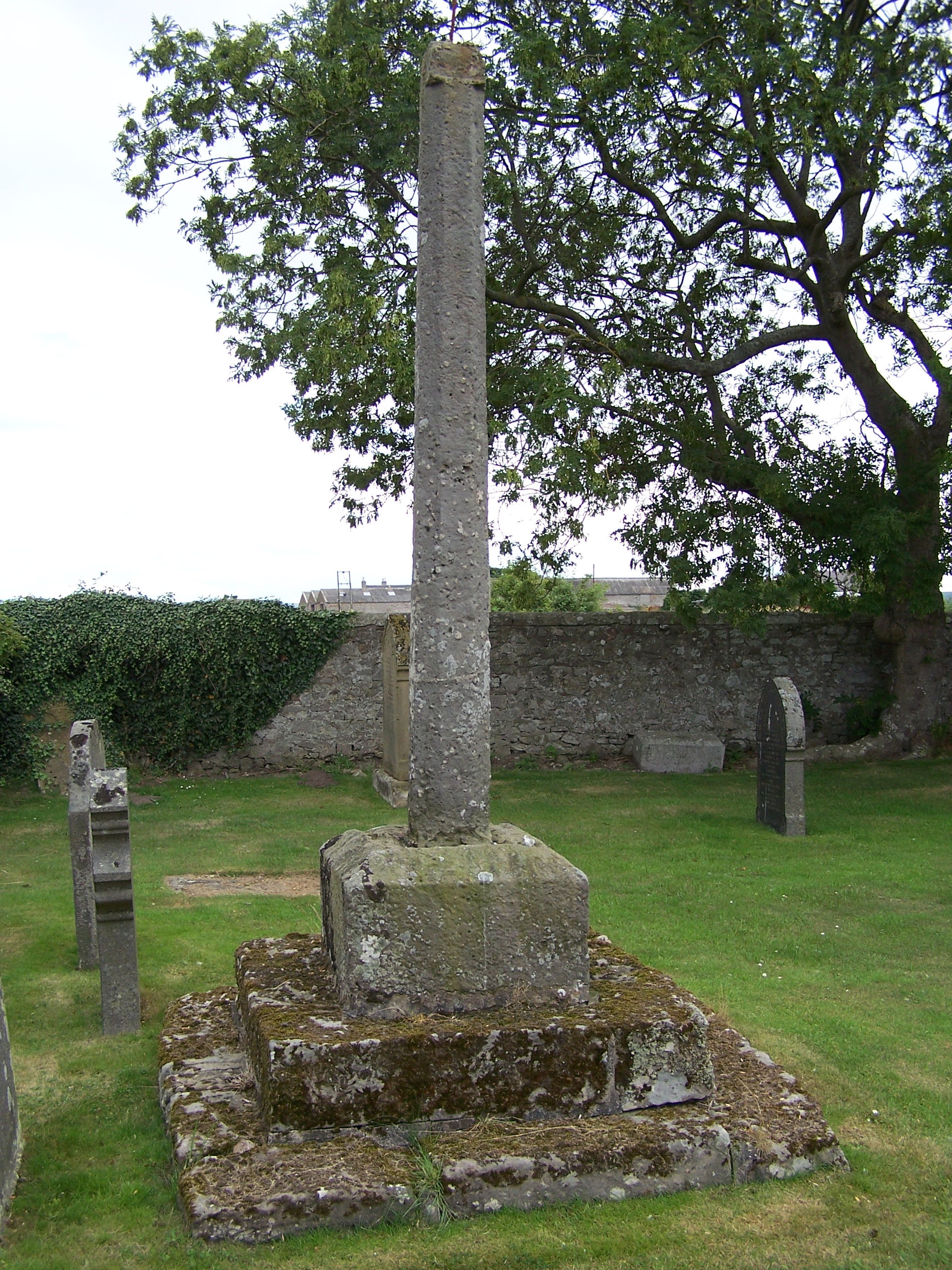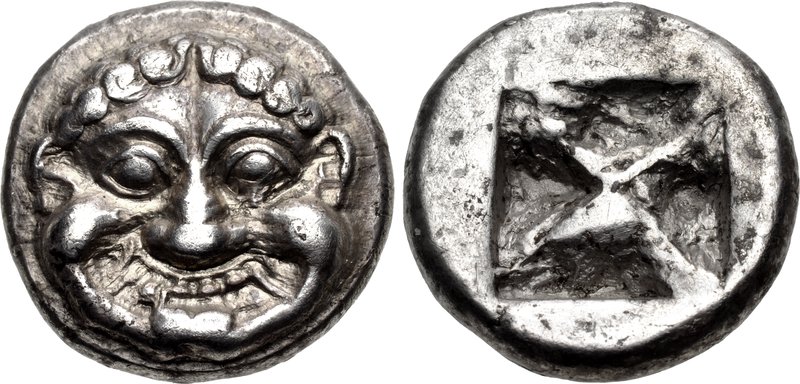|
Burghead Fort
Burghead Fort was a Pictish promontory fort on the site now occupied by the small town of Burghead in Moray, Scotland. It was one of the earliest power centres of the Picts and was three times the size of any other enclosed site in Early Medieval Scotland. The fort was probably the main centre of the Pictish Kingdom of Fortriu, flourishing like the kingdom itself from the 4th to the 9th centuries. Burghead is not recorded in any surviving annals and its name in the Pictish language is not recorded, but it may be the ''Pinnata Castra'' that features in Ptolemy's 2nd century ''Geography''. The original defences may date from the Iron Age, but were substantially rebuilt during the early historic period. The remains of the fort were largely destroyed when the harbour and town of Burghead were remodelled in the early 19th century, but its layout is recorded in a plan drawn by William Roy in 1793. Sections of its inner ramparts still stand up to high, and a small section of the innerm ... [...More Info...] [...Related Items...] OR: [Wikipedia] [Google] [Baidu] |
William Roy
Major-General William Roy (4 May 17261 July 1790) was a Scottish military engineer, surveyor, and antiquarian. He was an innovator who applied new scientific discoveries and newly emerging technologies to the accurate geodetic mapping of Great Britain. His masterpiece is usually referred to as Roy's Map of Scotland. It was Roy's advocacy and leadership that led to the creation of the Ordnance Survey in 1791, the year after his death. His technical work in the establishment of a surveying baseline won him the Copley Medal in 1785. His maps and drawings of Roman archaeological sites in Scotland were the first accurate and systematic study of the subject, and have not been improved upon even today. Roy was a fellow of the Royal Society and a member of the Society of Antiquaries of London. Life and works Early life and family Roy was born at Milton Head in Carluke parish in South Lanarkshire on 4 May 1726. His father was a factor in the service of the Gordons/Hamilton ... [...More Info...] [...Related Items...] OR: [Wikipedia] [Google] [Baidu] |
La Tène Culture
The La Tène culture (; ) was a European Iron Age culture. It developed and flourished during the late Iron Age (from about 450 BC to the Roman conquest in the 1st century BC), succeeding the early Iron Age Hallstatt culture without any definite cultural break, under considerable Mediterranean influence from the Greeks in pre-Roman Gaul, the Etruscans, and the Golasecca culture, but whose artistic style nevertheless did not depend on those Mediterranean influences. La Tène culture's territorial extent corresponded to what is now France, Belgium, Switzerland, Austria, England, Southern Germany, the Czech Republic, parts of Northern Italy and Central Italy, Slovenia and Hungary, as well as adjacent parts of the Netherlands, Slovakia, Serbia, Croatia, Transylvania (western Romania), and Transcarpathia (western Ukraine). The Celtiberians of western Iberia shared many aspects of the culture, though not generally the artistic style. To the north extended the contemporary Pre ... [...More Info...] [...Related Items...] OR: [Wikipedia] [Google] [Baidu] |
Elgin Museum (Moray)
Elgin Museum is a museum of local history in Elgin, Moray, Scotland. Its collections cover area fossils and geology, archaeology, ethnography, art and local history. Opened in 1843, it is one of the oldest independent museums in the country. The museum is run by The Moray Society. Entry to the museum is free. The museum is housed in a Category A listed building on Elgin's High Street and was designed by architect Thomas Mackenzie in 1842, with later alterations and additions made by A. Marshall Mackenzie and Son in 1920. Its fossil collection is classed as a Recognised Collection by Museums Galleries Scotland Museums Galleries Scotland, formerly the Scottish Museums Council, is the National Development Body for the museum sector in Scotland. It offers support to 400 museum A museum ( ; plural museums or, rarely, musea) is a building or instit .... In August 2021, the bones of a 375 million year old predator discovered three miles away were put on display. References ... [...More Info...] [...Related Items...] OR: [Wikipedia] [Google] [Baidu] |
Portmahomack
Portmahomack ( gd, Port Mo Chalmaig; 'Haven of My .e. 'Saint'Colmóc') is a small fishing village in Easter Ross, Scotland. It is situated in the Tarbat Peninsula in the parish of Tarbat. Tarbat Ness Lighthouse is about from the village at the end of the Tarbat Peninsula. Ballone Castle lies about from the village. There is evidence of early settlement, and the area seems to have been the site of significant activity during the time of the Picts, early Christianity and the Vikings. The village is situated on a sandy bay and has a small harbour designed by Thomas Telford: it shares with Hunstanton the unusual distinction of being on the east coast but facing west. Portmahomack lies inside the Moray Firth Special Area of Conservation with the associated dolphin and whale watching activity. The village has a primary school, golf course, hotel, a number of places to eat and a shop with a sub-post office. The nearest rail access is at Fearn railway station and the nearest ... [...More Info...] [...Related Items...] OR: [Wikipedia] [Google] [Baidu] |
Kinneddar
Kinneddar is a small settlement on the outskirts of Lossiemouth in Moray, Scotland, near the main entrance to RAF Lossiemouth. Long predating the modern town of Lossiemouth, Kinneddar was a major monastic centre for the Pictish kingdom of Fortriu from the 6th or 7th centuries, and the source of the important collection of Pictish stones called the Drainie Carved Stones. The Kirk of Kinneddar was the cathedral of the Diocese of Moray between 1187 and 1208, and remained an important centre of diocesan administration and residence of the Bishop of Moray through the 13th and 14th centuries. Today little remains of the site except the old kirkyard, including the former parish cross. The Bishop's Palace at Kinneddar went out of use in the 15th century when the barony of Kinneddar was combined into the larger barony of Spynie, with stone from the palace being used to build Spynie Palace. The Kirk of Kinneddar became redundant when its parish was combined with that of Ogstoun to form ... [...More Info...] [...Related Items...] OR: [Wikipedia] [Google] [Baidu] |
Burning Of The Clavie
Burghead ( sco, Burgheid or ''The Broch'', gd, Am Broch) is a small town in Moray, Scotland, about north-west of Elgin. The town is mainly built on a peninsula that projects north-westward into the Moray Firth, surrounding it by water on three sides. People from Burghead are called Brochers. The present town was built between 1805 and 1809, destroying in the process more than half of the site of an important Pictish hill fort. General Roy's map shows the defences as they existed in the 18th century although he wrongly attributed them to the Romans. The fort was probably a major Pictish centre and was where carved slabs depicting bulls, known as the Burghead Bulls, were found. A chambered well of some considerable antiquity was discovered in 1809 and walls and a roof were later added to help preserve it. Each year on 11 January a fire festival known as the Burning of the Clavie takes place; it is thought that the festival dates back to the 17th century, although it could ... [...More Info...] [...Related Items...] OR: [Wikipedia] [Google] [Baidu] |
Annals Of Ulster
The ''Annals of Ulster'' ( ga, Annála Uladh) are annals of medieval Ireland. The entries span the years from 431 AD to 1540 AD. The entries up to 1489 AD were compiled in the late 15th century by the scribe Ruaidhrí Ó Luinín, under his patron Cathal Óg Mac Maghnusa, on the island of ''Senadh-Mic-Maghnusa'', also known as ''Senad'' or Ballymacmanus Island (now known as Belle Isle, where Belle Isle Castle is located), near Lisbellaw, on Lough Erne in the kingdom of ''Fir Manach'' (Fermanagh). Later entries (up to AD 1540) were added by others. Entries up to the mid-6th century are retrospective, drawing on earlier annalistic and historical texts, while later entries were contemporary, based on recollection and oral history. T. M. Charles-Edwards has claimed that the main source for its records of the first millennium A.D. is a now lost Armagh continuation of the ''Chronicle of Ireland''. The Annals used the Irish language, with some entries in Latin. Because ... [...More Info...] [...Related Items...] OR: [Wikipedia] [Google] [Baidu] |
Early Medieval
The Early Middle Ages (or early medieval period), sometimes controversially referred to as the Dark Ages, is typically regarded by historians as lasting from the late 5th or early 6th century to the 10th century. They marked the start of the Middle Ages of European history, following the decline of the Western Roman Empire, and preceding the High Middle Ages ( 11th to 13th centuries). The alternative term ''late antiquity'', for the early part of the period, emphasizes elements of continuity with the Roman Empire, while ''Early Middle Ages'' is used to emphasize developments characteristic of the earlier medieval period. The period saw a continuation of trends evident since late classical antiquity, including population decline, especially in urban centres, a decline of trade, a small rise in average temperatures in the North Atlantic region and increased migration. In the 19th century the Early Middle Ages were often labelled the ''Dark Ages'', a characterization based on ... [...More Info...] [...Related Items...] OR: [Wikipedia] [Google] [Baidu] |
Norsemen
The Norsemen (or Norse people) were a North Germanic ethnolinguistic group of the Early Middle Ages, during which they spoke the Old Norse language. The language belongs to the North Germanic branch of the Indo-European languages and is the predecessor of the modern Germanic languages of Scandinavia. During the late eighth century, Scandinavians embarked on a large-scale expansion in all directions, giving rise to the Viking Age. In English-language scholarship since the 19th century, Norse seafaring traders, settlers and warriors have commonly been referred to as Vikings. Historians of Anglo-Saxon England distinguish between Norse Vikings (Norsemen) from Norway who mainly invaded and occupied the islands north and north-west of Britain, Ireland and western Britain, and Danish Vikings, who principally invaded and occupied eastern Britain. Modern descendants of Norsemen are the Danes, Icelanders, Faroe Islanders, Norwegians, and Swedes, who are now generally referred to as ... [...More Info...] [...Related Items...] OR: [Wikipedia] [Google] [Baidu] |
Nero
Nero Claudius Caesar Augustus Germanicus ( ; born Lucius Domitius Ahenobarbus; 15 December AD 37 – 9 June AD 68), was the fifth Roman emperor and final emperor of the Julio-Claudian dynasty, reigning from AD 54 until his death in AD 68. He was Adoption in Ancient Rome, adopted by the Roman emperor Claudius at the age of 13 and succeeded him on the throne. Nero was popular with the members of his Praetorian Guard and lower-class commoners in Rome and its provinces, but he was deeply resented by the Roman aristocracy. Most contemporary sources describe him as tyrannical, self-indulgent, and debauched. After being declared a public enemy by the Roman Senate, he committed suicide at age 30. Nero was born at Antium in AD 37, the son of Gnaeus Domitius Ahenobarbus (father of Nero), Gnaeus Domitius Ahenobarbus and Agrippina the Younger, a great-granddaughter of the emperor Augustus. When Nero was two years old, his father died. His mother married the e ... [...More Info...] [...Related Items...] OR: [Wikipedia] [Google] [Baidu] |
Ancient Greek Coinage
The history of ancient Greek coinage can be divided (along with most other Greek art forms) into four periods: the Archaic, the Classical, the Hellenistic and the Roman. The Archaic period extends from the introduction of coinage to the Greek world during the 7th century BC until the Persian Wars in about 480 BC. The Classical period then began, and lasted until the conquests of Alexander the Great in about 330 BC, which began the Hellenistic period, extending until the Roman absorption of the Greek world in the 1st century BC. The Greek cities continued to produce their own coins for several more centuries under Roman rule. The coins produced during this period are called Roman provincial coins or Greek Imperial Coins. Weight standards and denominations The three most important standards of the ancient Greek monetary system were the Attic standard, based on the Athenian drachma of of silver, the Corinthian standard based on the stater of of silver, that was s ... [...More Info...] [...Related Items...] OR: [Wikipedia] [Google] [Baidu] |










